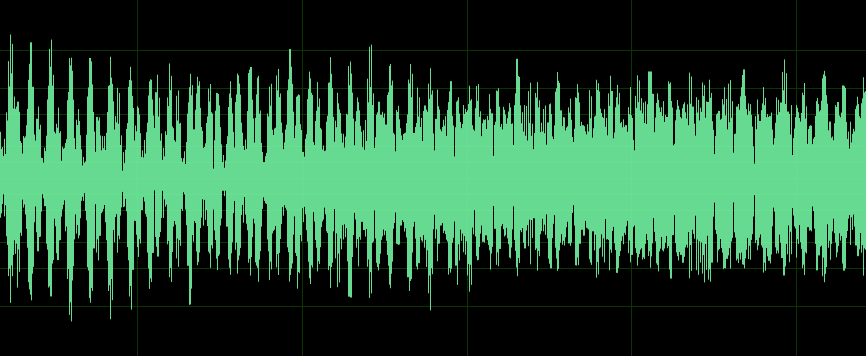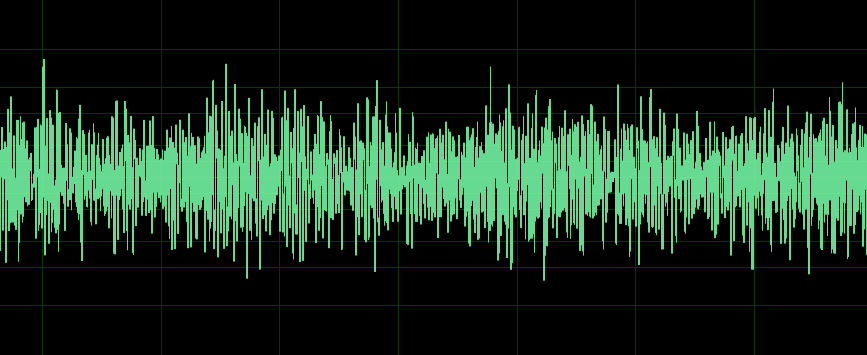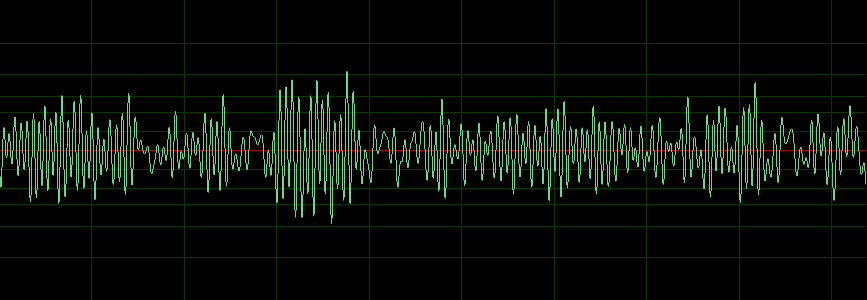The Sound of the Elements
A conversion of atomic spectral (Light) data into sound
Listening to Light
As far as we currently understand, our universe and everything in it is made of vibration. Two of these vibrations are sound (mechanical) and light (electromagnetic). These are of great importance to us as humans because our eyes are designed to see the visible spectrum of light while our ears and bodies are designed to hear and feel sound within a certain range. These ranges are but a small part of the songs of the universe.
In comparison to sound, light is a much faster vibration (874,030 times faster). The product of light is made possible by the movement of electrons of an atom. Atoms consist of a centre nucleus surrounded by orbits of electrons that spread out from lower to higher energy. Light is emitted when electrons transition from an orbit of higher energy to an orbit of lower energy.
The periodic table of elements represents the wall between the atomic and quantum world, this is where our universe is separated into single atoms. Each of these atoms emit light of very specific frequencies, much like a fingerprint can identify a person, an atom’s spectra can identify an element. This is how we are able to determine which elements are present in far away stars and to know if there is water on the moon or mars.
By converting hundreds of an element’s spectral frequencies into sound and lowering that “sound” down about 40 octaves, we can hear a sonic representation of the spectral ‘fingerprint’ of an atom.
Please be aware that in physical reality this is not true. Light and Sound are two different types of vibration and cannot simply be converted mathmatically into each other. For a deeper understanding please read my blog post Apples and Oranges. Sound and Light.
A special thank you for their support and inspiration to Dr. Jeffrey Thompson, John Stuart Reid, Professor Esa Jaatinen (Laser Physicist) and Isaac Thorburn (Engineer)
Happy listening, below are 10 examples.
BEST WITH HEADPHONES











































